Learn about Mana in Chapter 8
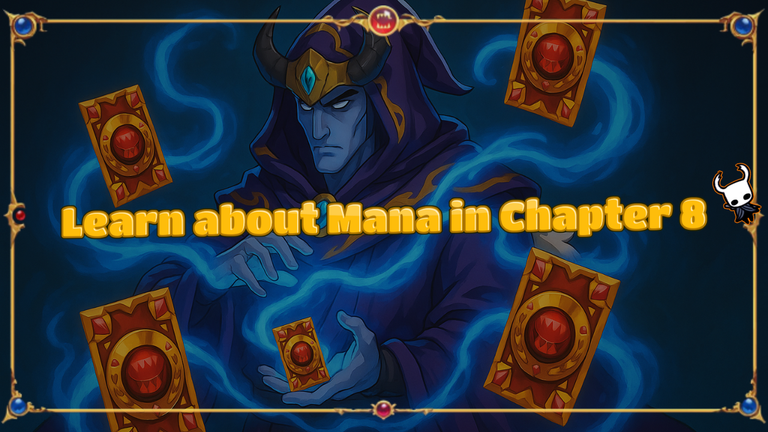
Translated by ChatGPT.
It’s been a few days since I last ventured into the PVE Campaign of Splinterlands, and it’s time to resume this journey, continue analyzing each of the chapters, their lessons, and share my view on what the player can learn throughout the campaign. In my last post I discussed the introduction of abilities, which only happened in Chapter 8, and now we’ll move straight to Chapter 9, where the theme is Mana.
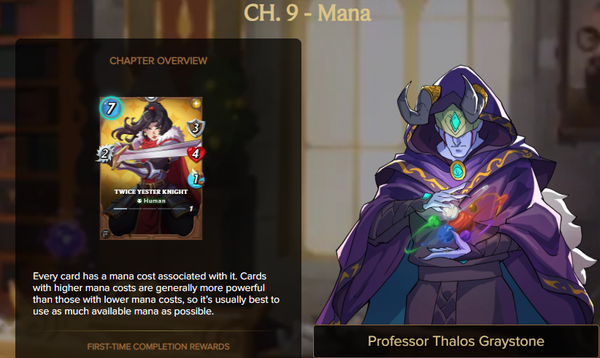
The chapter begins with a basic explanation of the principle of mana, where to identify it on the cards, and the correlation between the amount of mana and the overall power of a card. After this reading, the player can start the battle where they will be presented with the match information, including the total available mana. However, if the player is a bit more observant, they will notice a window showing the opponent’s last 6 teams, providing important insight into which cards are more likely to be used by the opponent (in this case, the opponent used the same composition in all 6 battles, clearly indicating the team you’ll face).
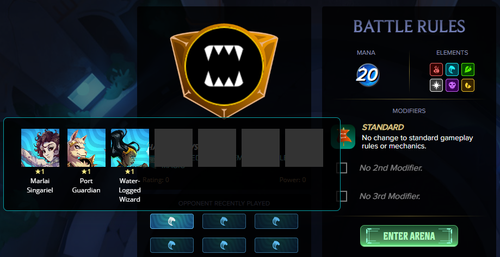
Moving on to team building, here the player will encounter some details that significantly differentiate this chapter from the previous ones. Since the focus is on the use of Mana, the player has 5 possible choices to build their team, but the available mana only allows for two, regardless of the combination.
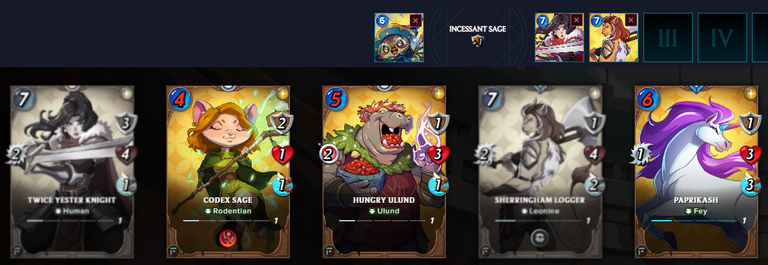
At this point, a beginner may not realize it, but there is only one correct choice to be made — any other team will be eliminated. I really liked this strategy from the developers, because in addition to teaching the concept of Mana, it also makes the player think and forces them to work their mana optimally, seeking the best compositions with the resources available.
For the first test, I deliberately chose the worst possible composition: I placed Codex Sage in the first position and Hungry Ulund in the second. I wanted to test whether the game would really allow me to make the wrong choice and be defeated — and indeed, I was sent to the battle start screen. Another great detail is that with each new chapter, the knowledge from previous ones is carried forward, making the player increasingly aware of all the nuances within Splinterlands. In this battle, in addition to the player having some card options with abilities, the enemy team also brings two abilities: Thorns  , which reflects damage back to your melee attackers, and Rust
, which reflects damage back to your melee attackers, and Rust  , which removes your team’s armor. As expected, my composition was quickly and brutally eliminated, resulting in a Failed screen. This is the best indirect way of telling the player: “please rethink your choices and find a better alternative to win.”
, which removes your team’s armor. As expected, my composition was quickly and brutally eliminated, resulting in a Failed screen. This is the best indirect way of telling the player: “please rethink your choices and find a better alternative to win.”
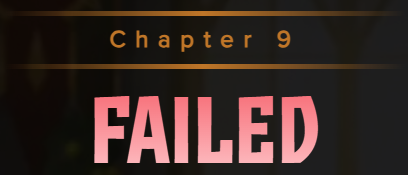
This time I built the optimized composition using all the available mana, placing Twice Yester Knight in the first position and Sherringham Logger in the second. The battle was designed so that even with the right choice, the player struggles to win. When the frontline is about to fall, your Logger eliminates the opponent’s card, removing the Rust  effect from the battle, which restores your team’s armor.
effect from the battle, which restores your team’s armor.
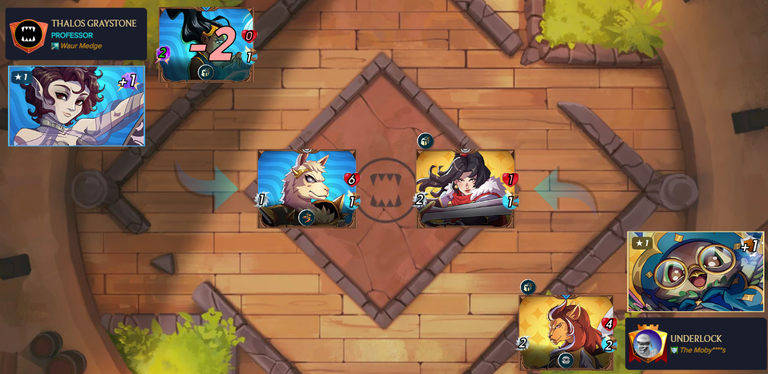
Even so, the clash remains tough due to the high damage caused by Thorns  , ending with a decisive strike from the Logger, who is left with only one health after taking another reflected hit. This was a very interactive way to make the player understand the importance of using mana correctly, allowing them to experiment through trial and error until finding the best composition. Even then, they still face the impacts of the abilities taught in the previous chapter, reinforcing how much they can determine the outcome of a match.
, ending with a decisive strike from the Logger, who is left with only one health after taking another reflected hit. This was a very interactive way to make the player understand the importance of using mana correctly, allowing them to experiment through trial and error until finding the best composition. Even then, they still face the impacts of the abilities taught in the previous chapter, reinforcing how much they can determine the outcome of a match.
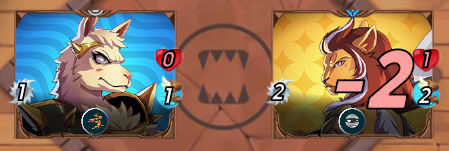
This was a fantastic chapter that managed to introduce the concept of Mana very well, while also applying it more broadly, giving the player more active interaction in team building and reinforcing many other concepts from earlier chapters. I’m really enjoying the evolution of these chapters, and I truly believe that a new player who goes through this journey will come out with far superior knowledge compared to someone who decides to skip the campaign.
Thank you so much to everyone who read this far, I hope you enjoyed it. If you like my content, I ask you to send your vote on the post and follow my profile so you can read future posts.
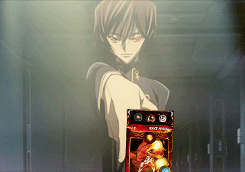



Já faz alguns dias que eu não me aventuro pela Campanha PVE do Splinterlands e chegou a hora de retomarmos essa jornada e continuar analisando cada um dos capítulos, seus ensinamentos e apresentar a minha visão sobre o que o jogador pode aprender ao longo da campanha. No meu último post eu abordei sobre a introdução de habilidades que somente aconteceu no capítulo 8, e agora iremos dar prosseguimento direto para o capítulo 9, onde o tema abordado é a Mana.

O capítulos e inicia com uma explicação básica sobre o princípio da mana, onde identificá-la nas cartas e a correlação da quantia de mana com o poder geral de uma carta. Após essa leitura, o jogador pode iniciar o combate onde ele será lançado para as informações da partida, incluindo o total de mana disponível. Entretanto, caso o jogador seja um pouco mais observador, ele poderá perceber que existe uma janela onde são mostrados os últimos 6 times do oponente, e com isso ele conseguirá uma informação importante sobre quais cartas possuem mais chances de serem utilizadas pelo adversário (no caso dessa partida, o oponente utilizou a mesma composição todas as 6 partidas, indicando exatamente qual será o time que você enfrentará).

Prosseguindo para a montagem do time, aqui o jogador irá se deparar com alguns detalhes que diferenciam bastante esse capítulo dos anteriores. Como o foco está no uso da Mana, ele terá ao todo 5 possíveis escolhas para compor o seu time, entretanto a mana disponível só lhe permite escolher duas, independente da combinação entre elas.

Nesse momento o iniciante pode não perceber, mas só existe uma escolha correta para ser feita, qualquer outro time que ele estabelecer será eliminado. Essa foi uma estratégia que eu gostei bastante por parte dos desenvolvedores, pois além de ensinar o conceito de Mana, também coloca o jogador para pensar e o obriga a trabalhar sua mana de forma otimizada, buscando as melhores composições com os recursos disponíveis.
Para o primeiro teste eu optei pela pior composição possível, então escolhi a Codex Sage para a primeira posição e o Hungry Ulund na segunda posição, pois queria testar se realmente o jogo me permitiria errar e ser derrotado e felizmente eu fui encaminhado para a tela de início da batalha. Outro detalhe bem legal é que a cada novo capítulo, os conhecimentos dos capítulos anteriores vão sendo agregados e o jogador começa a cada vez mais entender todas as nuâncias que envolvem o Splinterlands. Durante essa partida, além do jogador ter algumas opções de cartas com habilidades, o time inimigo apresenta duas habilidades diferentes, a Thorns  que irá refletir dano contra os seus atacantes físicos e também a Rust
que irá refletir dano contra os seus atacantes físicos e também a Rust  que removerá a armadura do seu time. Como era de se esperar, a minha composição foi rapida e brutalmente eliminada, resultando em uma tela de Failed. Essa é a melhor forma de dizer indiretamente para o jogador: "por favor, repense nas suas escolhas e procure a melhor alternativa para vencer".
que removerá a armadura do seu time. Como era de se esperar, a minha composição foi rapida e brutalmente eliminada, resultando em uma tela de Failed. Essa é a melhor forma de dizer indiretamente para o jogador: "por favor, repense nas suas escolhas e procure a melhor alternativa para vencer".

Dessa vez eu montei a composição otimizada utilizando toda a mana disponível, colocando a Twice Yester Knight na primeira posição** e a Sherringham Logger na segunda posição. A batalha foi desenhada para que mesmo fazendo a escolha certa, o jogador sofra para conseguir vencer. Quando a linha de frente estiver quase caindo, sua Logger irá eliminar a carta do oponente, removendo o efeito do Rust  da batalha fazendo com que a armadura das suas cartas seja reestabelecida.
da batalha fazendo com que a armadura das suas cartas seja reestabelecida.

Mesmo assim o confronto ainda seguirá bastante difícil por causa do alto dano causado pelo Thorns  , finalizando com um golpe decisivo da Logger que fica com apenas um de vida após sofrer mais um dano refletido. Esta foi uma maneira bem interativa de fazer o jogador entender a importância de utilizar corretamente a mana, permitindo que ele experimente através da tentativa e erro até encontrar a melhor composição, e mesmo após isso ele ainda enfrentará os impactos das habilidades que foram ensinadas no capítulo anterior, de forma que entenda o quanto elas definem o rumo de um confronto.
, finalizando com um golpe decisivo da Logger que fica com apenas um de vida após sofrer mais um dano refletido. Esta foi uma maneira bem interativa de fazer o jogador entender a importância de utilizar corretamente a mana, permitindo que ele experimente através da tentativa e erro até encontrar a melhor composição, e mesmo após isso ele ainda enfrentará os impactos das habilidades que foram ensinadas no capítulo anterior, de forma que entenda o quanto elas definem o rumo de um confronto.

Esse foi um capítulo sensacional que conseguiu introduzir muito bem o conceito de Mana, além de aplicá-lo de maneira mais ampla ao jogador, permitindo que ele faça uma interação mais ativa na montagem do time, além de conseguir rever vários outros conceitos dos capítulos anteriores. Estou gostando bastante da evolução desses capítulos e acredito verdadeiramente que um jogador iniciante que passar por essa jornada com certeza sairá com conhecimentos muito superiores se comparado com aquele que decidir ignorar a campanha.
Muito obrigado a todos que leram até aqui, espero que tenham gostado. Se vocês curtirem meus conteúdos, peço que deixem o seu voto na postagem e sigam o meu perfil para poderem acompanhar as futuras postagens.



Obrigado por promover a comunidade Hive-BR em suas postagens.
Vamos seguir fortalecendo a Hive
@tipu curate
Upvoted 👌 (Mana: 30/60) Liquid rewards.
Delegate Tokens and HP to Fallen Angels to earn weekly rewards!
Delegate | Join to the guild
Thanks for sharing! - @isaria
